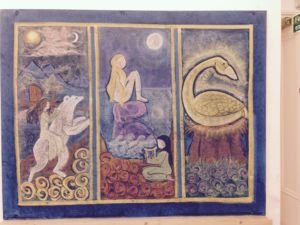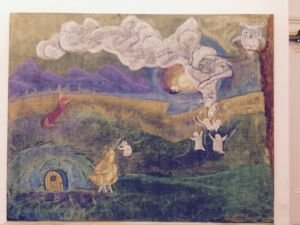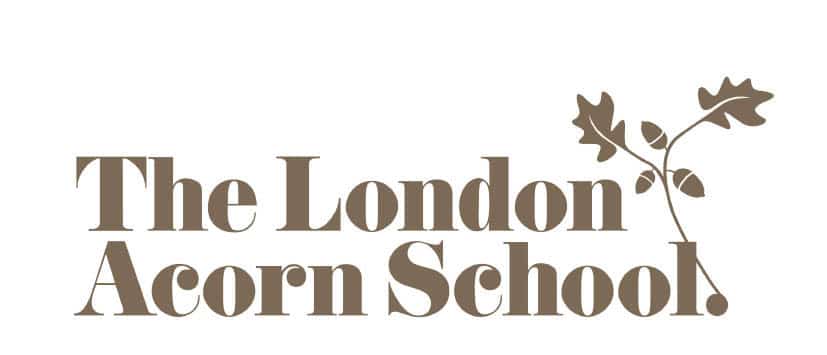In English language lessons the children are introduced to the letters of the alphabet. Initially the aim is to lead the children to experience the qualities of the spoken sounds and sentence melody, whilst the shape, name and meaning of the capital letters of the alphabet are taught. By allowing the shape of a capital letter to emerge from a picture that stands for the character of the sound, the children can develop their own relationship to the individual letters and later to the whole activity of writing. Consonants are evolved out of pictograms, vowels out of interjections and expressions of feeling. The process precedes from pictorial representation of the letters to formal writing, with the children initially copying examples written but the teacher and later through dictation. The exploration of the relationship of sound and symbol includes the use of emergent writing. From capital letters the children proceed to lower case and then to cursive handwriting.
The content of written work is related to main lesson themes and the children’s own experiences. As a general guideline, about a third of writing is composed by the children, the other two-thirds comprising texts prepared by the teacher and copied from the board or dictated by the teacher.



Reading proceeds from writing and in Class 1. The children read familiar texts which the teacher has written on the board and which they themselves have written in their exercise books. An integrated combination of whole word, phonic and contextual methods is used to develop reading, though with an emphasis on whole sentences/whole phrases. A differentiated approach to reading is used including whole class reading, child to child and chid to adult reading and supported with regular practice in the recognition of auditory, visual and kinaesthetic patterns. Spelling is based on a whole language approach reinforced by contextual and phonic methods.
